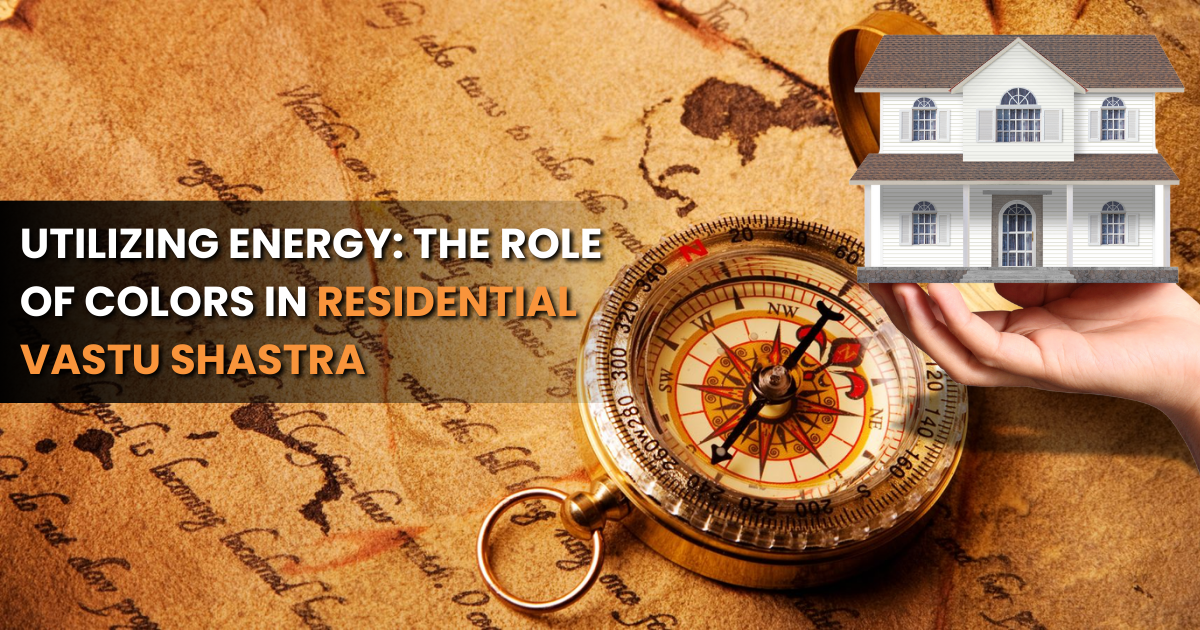Residential Vastu Shastra and Role of Colors with Vastu Consultant in Ahmedabad
According to Vastu Shastra, colors can create peace and good vibes in our houses. Ancient architectural knowledge reveals how color can be utilized in harmony with Vastu Shastra principles.
With its roots in ancient Indian customs, Vastu Shastra helps us design living environments that are in accordance with cosmic forces and promote wealth and well-being. Color is intentionally used as one of the key components of this technique.
Understanding
The concepts of Vastu Shastra are modified, especially for homes, by Residential Vastu Shastra. Optimizing the flow of energy throughout living areas, it combines cosmic energies, natural materials, and architectural rules.
Fundamentally, Vastu Shastra stresses arranging the house in accordance with the five elements of nature—earth, water, fire, air, and space—as well as the directions in which they correlate.
The Effects of Color on Energy
Our mood, wellbeing, and sense of self are all greatly influenced by colors. As per the Vastu Shastra, color is associated with particular elements and directions, making it an essential component for maintaining balance in the surroundings.
Due to their association with the fire element, warm colors like reds and oranges are ideal for spaces like living rooms or dining rooms where people need to feel warm and active.
On the other hand, cool colors like blue and green symbolize the earth and water components, which encourage stability and peace. For these reasons, they are appropriate for meditation rooms and bedrooms.
Practical Applications of Color in
1. Choosing the Right Colors for Different Rooms
Bedrooms: Soft shades such as light blues and green soothe, promoting a peaceful sleep environment.
Kitchen: Bright yellows and oranges are a source of energy and hunger, creating an environment for cooking and eating.
Living Room: Warm earth tones and neutrals promote warmth and social interaction, welcoming and settling guests.
2. Color Combinations and Their Effects
Complementary color combinations may increase their beneficial benefits. For instance, combining red and green promotes development and health, while combining blue and white promotes calm and purity.
3. Correcting Imbalances with Colors
When Vastu flaws are found, including incorrect room orientations or negative energy flows, changing color schemes can help relieve these problems and bring peace back.
Integrating Colors with Architectural Design
Using colors that are in accordance with Vastu is possible when it comes to architectural features like walls, flooring, and furnishings.
Homeowners may design spaces that look not only good, but also feel peaceful and energetically balanced by matching color schemes to the purpose of each room and the general Vastu standards.
Conclusion
The quality of life can be greatly improved by including the concepts of Vastu in our houses through thoughtful color selection. Homeowners may design environments that support success, pleasure, and health by knowing the psychological and energetic effects of color and how they connect with It’s principles.
By using the right colors, applying the principles of It improves a home’s aesthetic appeal, promotes the flow of positive energy, and improves overall well-being
FAQ
Q.1 What is the role of colors in Vastu?
Ans. colors have a significant impact on the emotions and energy levels of a room. Every color has a corresponding element and direction that affects the overall balance and harmony of a house.
Q.2 Why is color important in a house?
Ans. Since colors have an impact on emotion, perception, and energy flow, they are significant in a home. When selected in accordance with Vastu principles, they can improve general well-being by creating a sense of harmony and balance.
Q.3 What is the psychology of color in the house?
Ans. The way that certain colors inspire particular emotional reactions is related to the psychology of color in the home. While cold colors like blue and green encourage calmness and relaxation, bright colors like red and orange can arouse enthusiasm.
Q.4 Which colors should be avoided, according to Vastu?
Ans. Black and deep red colors are among the colors that should be avoided in a home, because they might draw bad energy and interfere with the harmonious flow of positive energy.
For a Vastu Visit Please connect with us on Astrologer Ashish Somani

